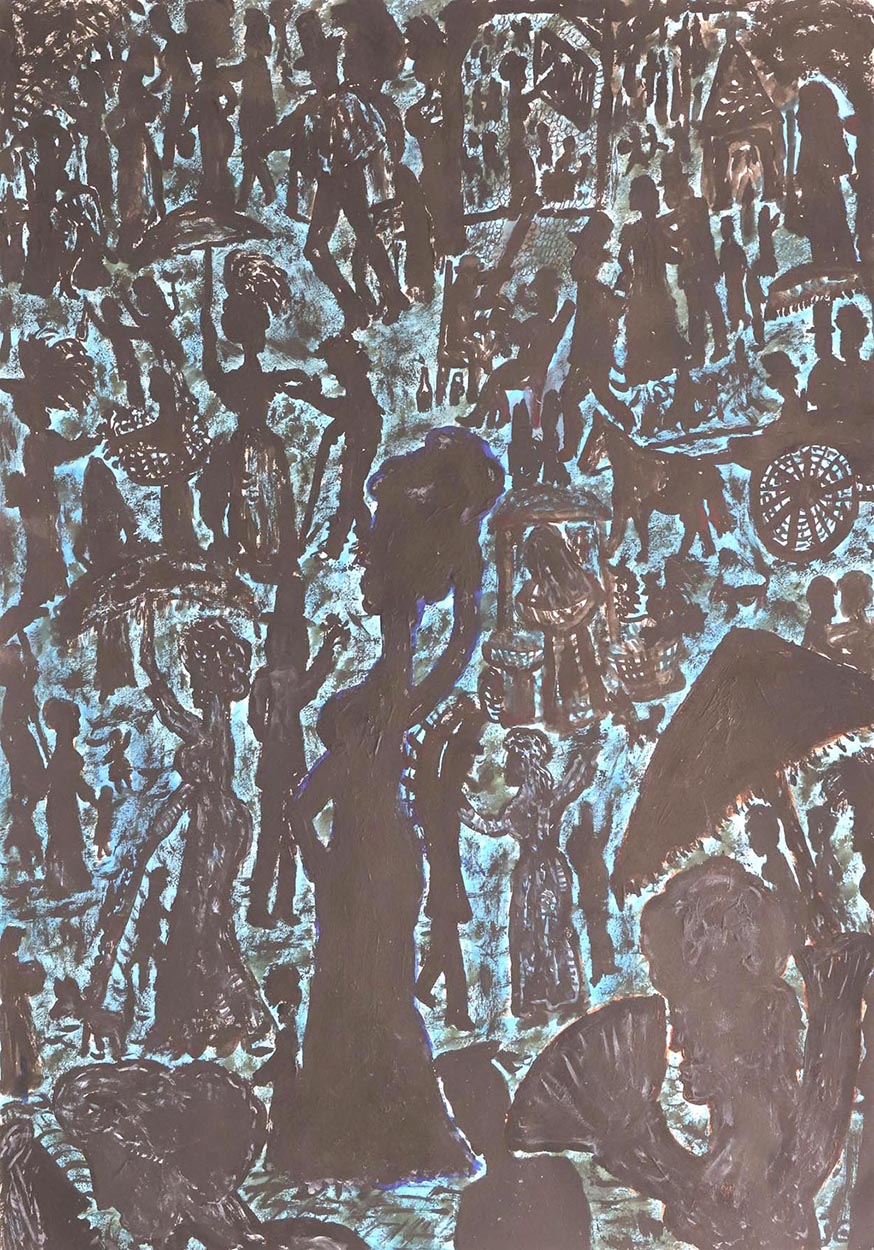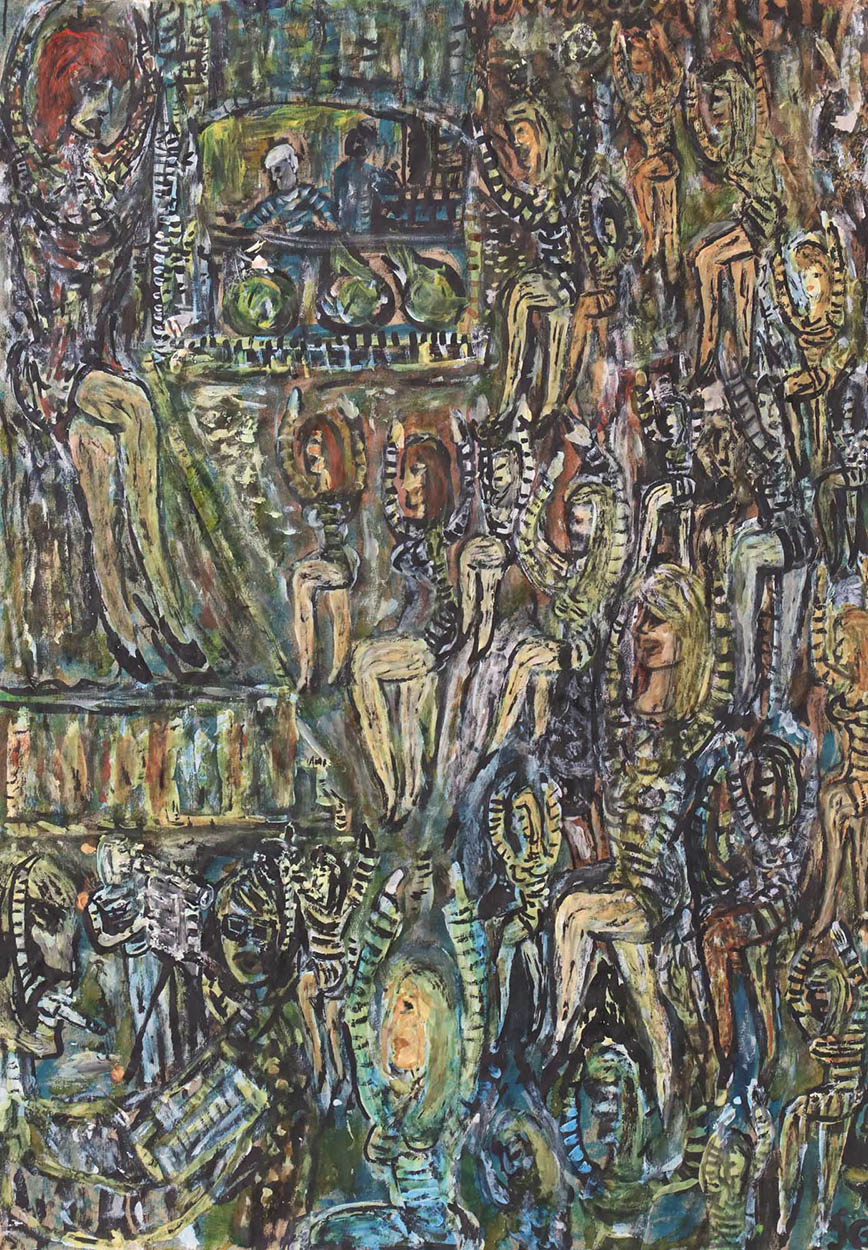Havana, 1951
José Grau was born into a middle-class family in Havana. His childhood spanned the end of Cuba’s republican era and the establishment of the new revolutionary system.
Since his childhood, drawing has been his best ally to express himself; the incentive to face and overcome several incidents of confinement that he suffered as a child and later, in adolescence. His parents tried several times to leave the country, but were never able to do so, and were subjected to the surveillance and social pressure of a state that considered such a decision a sign of ideological deviation. He and his family lived under this stigma, which caused him on more than one occasion to hide for extended periods of time for fear of being separated from his parents. Starting at the age of 15, he suffered several nervous breakdowns and was later diagnosed with bipolar disorder.
His work is characterized by two different styles. On the one hand, he recreates anecdotal scenes – with a figuration of grotesque and expressionist features – through which he deals with Havana’s nightlife and prostitution. On the other hand, with a style close to abstraction and much more stylistic freedom, he produces images of a dreamlike, fantastical sense, full of mysticism and enigma, which he metaphorically associates with the episodes and traumas he has suffered in his life. Jose believes in the existence of a paranormal world and in psychic sensations that he has experienced throughout his life.
“The drawings that have faces are because my life has been full of intruders” he says.




